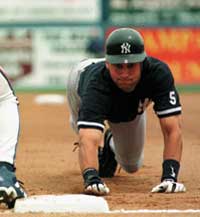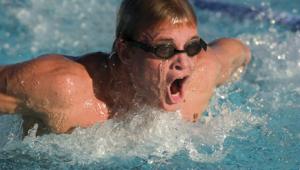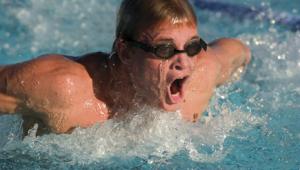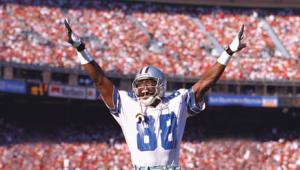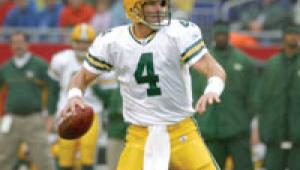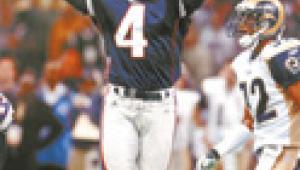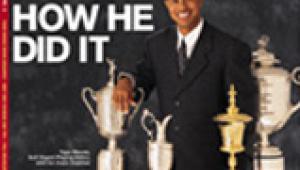Brief Moments
How Jon Adams Shot The Yankees
"The best drama in a photograph is when the depth of field is so thin that the subject pops right out of the background." He gives you the straight goods
right from the start: "If you're not going to shoot tight,
it's going to look just like everyone else's shot. So get
your hands on the longest focal length lens you can." |
|||
Working with a long lens has
an advantage beyond the impact of the photo: "If you can train yourself
to work with, say, a 600mm lens," Adams says, "and shoot tight
with it, any lens with a shorter focal length really becomes your playground."
|
|||
Adams also points out that
unlike any other sporting event, or baseball coverage in general, spring
training "really isn't about going out and getting peak action
shots. It's more feature work, more trying to tell the story of
how this team is going to develop for the coming season." From that
aspect, photographs revealing personality, characteristics, and relationships
were more important than images depicting close plays at third base. |
|||
Adams shot print film exclusively--Fuji
Super G, 200 and 400 speed, and Kodak PJ 800--but never received prints
from the one-hour lab. "I'd just have them hand me the negs
right out of the machine, and I'd dash back to where my computer
was setup. I'd edit the negs and then, using a Nikon LS-1000 Super
CoolScan and a Mac Powerbook 1400, I'd scan and transmit the images
to the paper. They'd get the digital files and do whatever they
needed to do--crop or manipulate the color a bit--and publish. |
|||
As things turned out, Adams'
daily routine was, in fact, more plan than practice. This was, after all,
the New York Yankees, world champions not only of baseball, but of drama
as well. |
|||
Two days later, Roger Clemens
arrived. "There's a big press yahoo for that," Adams
says. "Then Clemens went and pitched a little in the bullpen and
we shot that, and then as he was walking along the first base line he
did something unexpected--he stopped and signed some autographs for the
fans. That turned out to be a great opportunity and the paper ran my shot,
in color and real big on the front page of the Sunday sports section.
It looked great." |
- Log in or register to post comments





